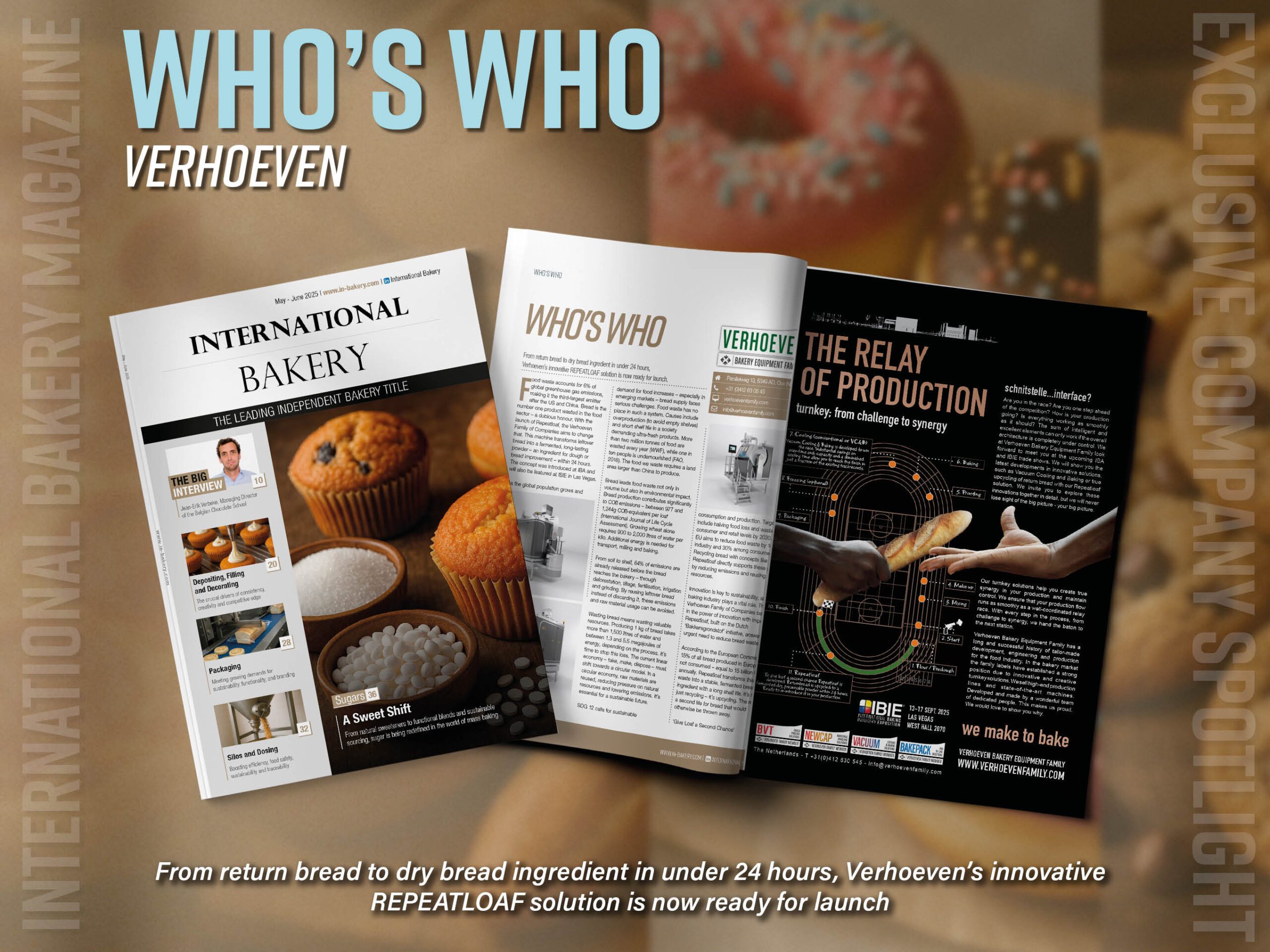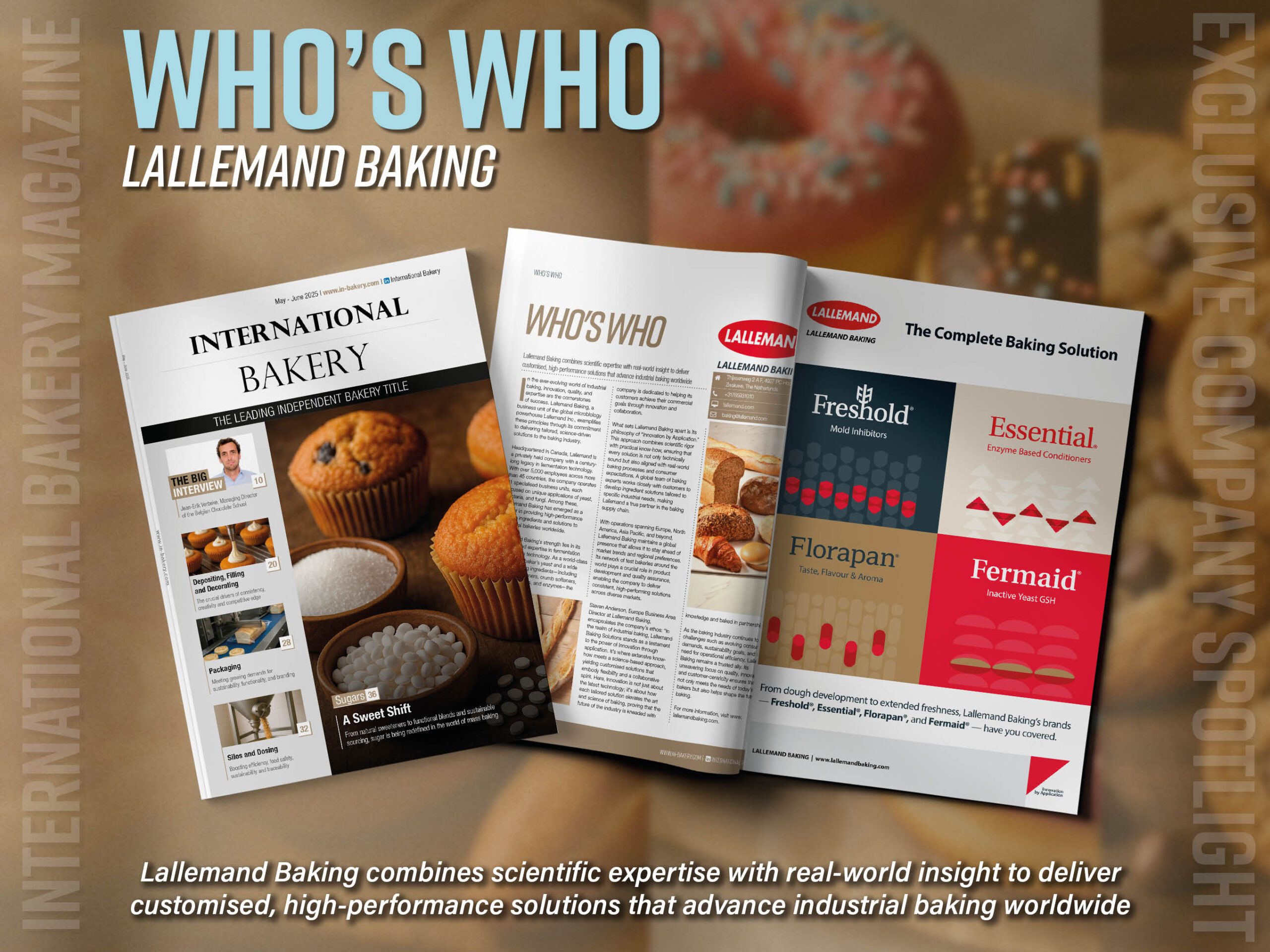Editor Joseph Clarke reveals how bakers are tapping into the power of an ancient ingredient to meet modern consumer demands
For centuries, sourdough has held an esteemed position in the world of breadmaking. Traditionally used to acidify bread and enhance flavour, sourdough has long been the secret ingredient in elevating baked goods from simple sustenance to culinary art. Yet, as bakers explore the potential of sourdough beyond its historical use, we are beginning to understand that this fermented dough is capable of much more than flavour enhancement. From improving crumb structure to increasing softness and shelf-life, sourdough is now recognised as a versatile tool in modern baking, capable of delivering unique textures and technical advantages.
In this article, we explore the expanding role of sourdough in baking, moving beyond its conventional use in artisanal bread to its applications in creating softer, moister baked goods with an open crumb structure. We will also dive into the growing popularity of sourdough powder in the mass bakery industry and its advantages for commercial baking. As bakers and consumers alike demand more from their breads and baked products, sourdough is rising to the occasion, offering benefits that extend far beyond flavour.
The Science Behind Sourdough
At its core, sourdough is a natural fermenting agent made from flour and water, cultivated over time to encourage the growth of lactic acid bacteria and wild yeasts. This mixture, referred to as the sourdough starter, undergoes a fermentation process that produces the organic acids responsible for sourdough’s distinctive tang. The fermentation process also enhances digestibility and promotes the release of nutrients within the flour.
However, what makes sourdough so versatile is the complex interplay between its microbial elements, including lactic acid bacteria and yeasts and the resulting changes in dough behaviour. This interaction can significantly impact the dough’s texture, making it more suitable for diverse baked goods, from soft, sandwich-ready breads to delicate, open-structured loaves.
The traditional role of sourdough as a natural acidifier is well-known. The lactic acid produced during fermentation lowers the pH of the dough, which not only imparts a tangy taste but also strengthens gluten networks, resulting in better volume and crust. Yet, when bakers manipulate the fermentation process, they can adjust these characteristics, such as the bread’s softness, moisture retention and crumb structure, broadening the application of sourdough far beyond traditional breads.
Softness and Moisture: An Unexpected Benefit
One of the more exciting discoveries in recent years is sourdough’s ability to produce softer bread with a moister crumb. This is particularly appealing to consumers who seek a more tender bite in everyday bread varieties. The fermentation process can contribute to an open crumb structure, allowing for improved moisture retention. This gives the bread a soft, supple texture that remains fresh for longer periods, enhancing its appeal in the highly competitive bakery market.
But how exactly does sourdough contribute to bread softness? The secret lies in the way fermentation modifies the starch in the flour. During fermentation, enzymes break down starches into simpler sugars. This not only provides food for the yeast but also slows down the staling process, which is often caused by the retrogradation of starch. As a result, bread made with sourdough maintains a softer crumb for longer, offering a distinct advantage in terms of shelf life and consumer satisfaction.
Moreover, sourdough helps to improve water absorption in the dough. By increasing the dough’s hydration capacity, bakers can create bread with a moister texture without compromising on structure. This is particularly beneficial for products such as sandwich loaves and buns, where softness and moisture are key selling points. In some cases, sourdough even allows bakers to reduce the fat content in these products, as the moisture retention properties of sourdough can replace some of the traditional fat used to soften the crumb.
Read more latest industry news and developments in our free to download magazine.
Never miss a story… Follow us on:
International Bakery
@int_bakery
@Bakeryint
Media contact
Joseph Clarke
Editor, International Bakery
Tel: +44 (0) 1622 823 920
Email: editor@in-bakery.com






